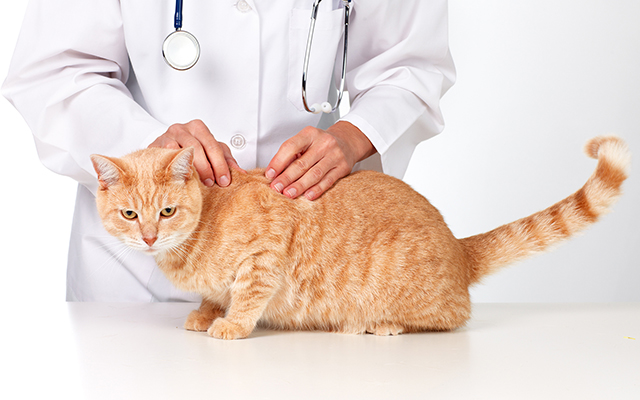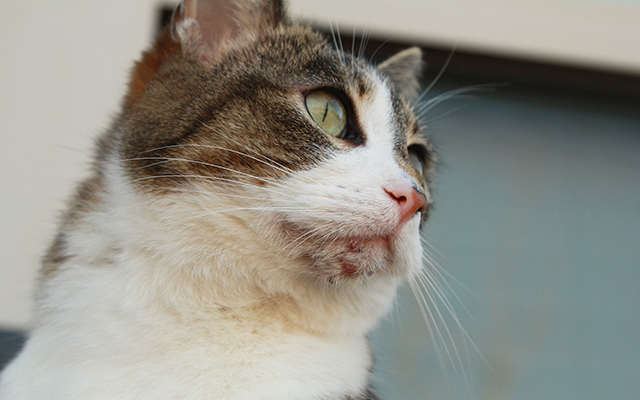Le micropuçage, c’est la manière d’identifier votre compagnon poilu de façon sûre et permanente à l’aide d’une micropuce.
Un tatouage ou encore une médaille d’identification avec votre nom ou votre numéro de téléphone peuvent être utiles, mais une micropuce est la manière ultime de retrouver votre animal s’il se perd, s’il se fait voler ou s’il décide de fuguer.
Une micropuce, qu’est-ce que c’est?
Une micropuce, c’est une très petite capsule de la taille d’un grain de riz à l’intérieur de laquelle on trouve une puce électronique. Cette puce contient un code alphanumérique unique et universel. C’est grâce à ce code qu’il sera possible de vous retrouver si votre animal s’égare.
Comment la micropuce est-elle implantée dans mon animal?
La micropuce est stérilisée et emballée de façon individuelle. La micropuce est implantée sous la peau de votre compagnon entre les 2 omoplates, à l’aide d’un genre de seringue, par votre vétérinaire ou sa technicienne en santé animale. Cette étape est rapide et quasiment sans douleur pour votre animal, un peu comme un vaccin. La micropuce est unique, et demeure efficace pour toute la vie de votre compagnon.
L’implantation de la micropuce peut se faire lors d’une visite chez votre vétérinaire pour la vaccination, la stérilisation ou la castration de votre animal. Certaines municipalités organisent aussi des cliniques de micropuçage.
Comment ça fonctionne?
Lorsqu’un animal errant ou perdu est retrouvé et amené chez un vétérinaire ou dans un refuge par exemple, un lecteur est utilisé pour déceler la présence d’une micropuce.
Le dos de votre animal est scanné à l’aide de ce lecteur. Le code de la puce s’affiche quand on passe le lecteur au-dessus de celle-ci. Il suffit ensuite de consulter la base de données reliée à la micropuce et ainsi accéder à vos informations complètes.
Quels sont les avantages du micropuçage?
La base de données est accessible en tout temps. Une fois que votre animal a été retrouvé, la compagnie qui gère la micropuce vous contacte directement et vous indique où vous pouvez récupérer votre compagnon égaré. Les retrouvailles avec votre animal sont ainsi plus rapides et efficaces.
Quelles sont mes responsabilités en tant que propriétaire?
Il est important de tenir à jour vos coordonnées inscrites dans la base de données. En cas de déménagement ou de changement de numéro de téléphone, par exemple, ne pas oublier d’appeler la compagnie qui gère la base de données.
Il y a de nombreuses histoires de retrouvailles heureuses grâce au micropuçage, alors n’hésitez pas à consulter votre vétérinaire pour en savoir plus.










